What is the tolerance range of precision screws?
What is the tolerance range of precision screws?
Service Hotline
+86760-8787 8587We have more than ten years of experience in screw industry production, the main products are: black zinc 304 stainless steel screws, accessories set Daquan extended bolts and screws, T-slider square nuts, 4.8 color zinc hexagon nuts, head round cup titanium bolts, large hexagon bolts , Set screw cap, hexagon socket bottom hole 4.2 small outer diameter, high-strength thickened nut and nut, cross-recessed countersunk head bolt, T-slot bolts, iron black high-strength screws, TA2 titanium outer bolts, manufacturers supply stainless steel , For the knock-on hexagon socket nails and other fasteners, due to the different materials and specifications of the products, the prices are also different, if necessary, please contact us.


Wood screws are similar to machine screws, but the thread on the screw is a special thread for wood screws, which can be directly screwed into wooden components (or parts) to connect a metal (or non-metal) part with a through hole to a wood screw. The components are fastened together. This connection is also a detachable connection.
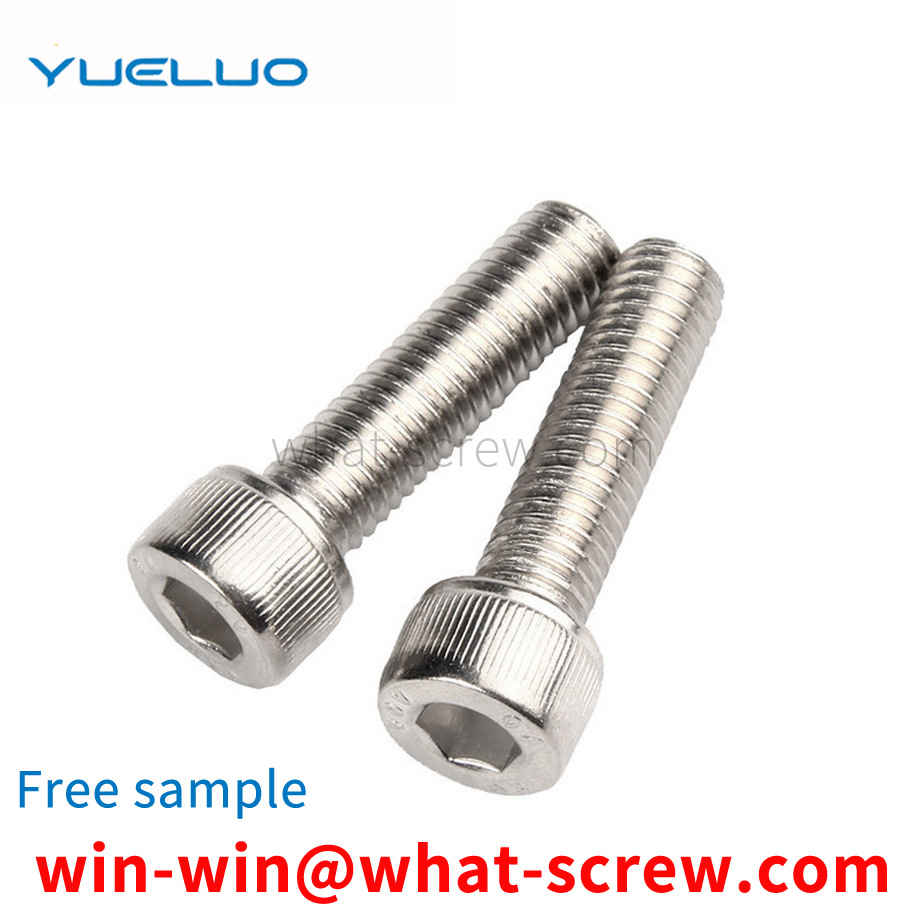
Fasteners include: bolts, studs, screws, nuts, washers, pins. Locking or seizure often occurs on fasteners of stainless steel, aluminum alloy and titanium alloy materials. These metal alloys themselves have anti-corrosion properties. When the surface is damaged, a thin oxide layer will be formed on the metal surface to prevent further rust. When the stainless steel fastener is locked, the pressure and heat generated between the teeth will destroy the oxide layer, causing blockage or shearing between the metal threads, and then the phenomenon of adhesion occurs. When this phenomenon persists, the stainless steel fasteners will be completely locked and can no longer be removed or continued to lock. Usually this series of blocking_shear_adhesion_locking takes place in just a few seconds, so the correct understanding of the use of this type of fasteners can prevent this phenomenon.
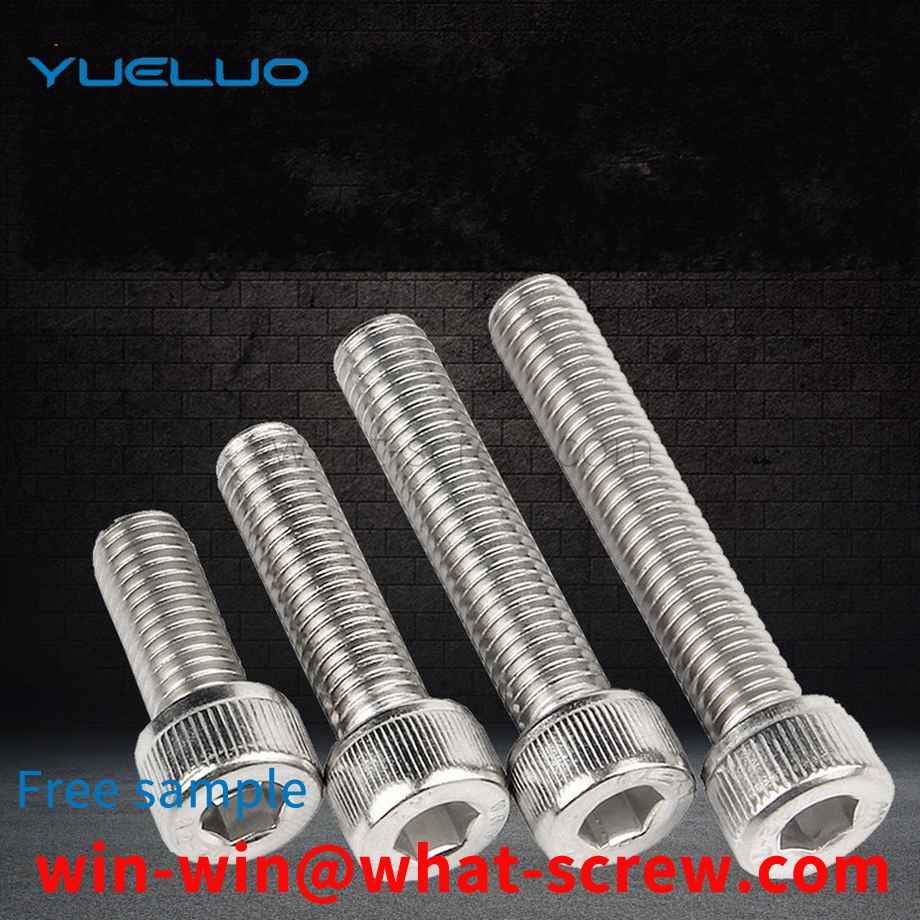
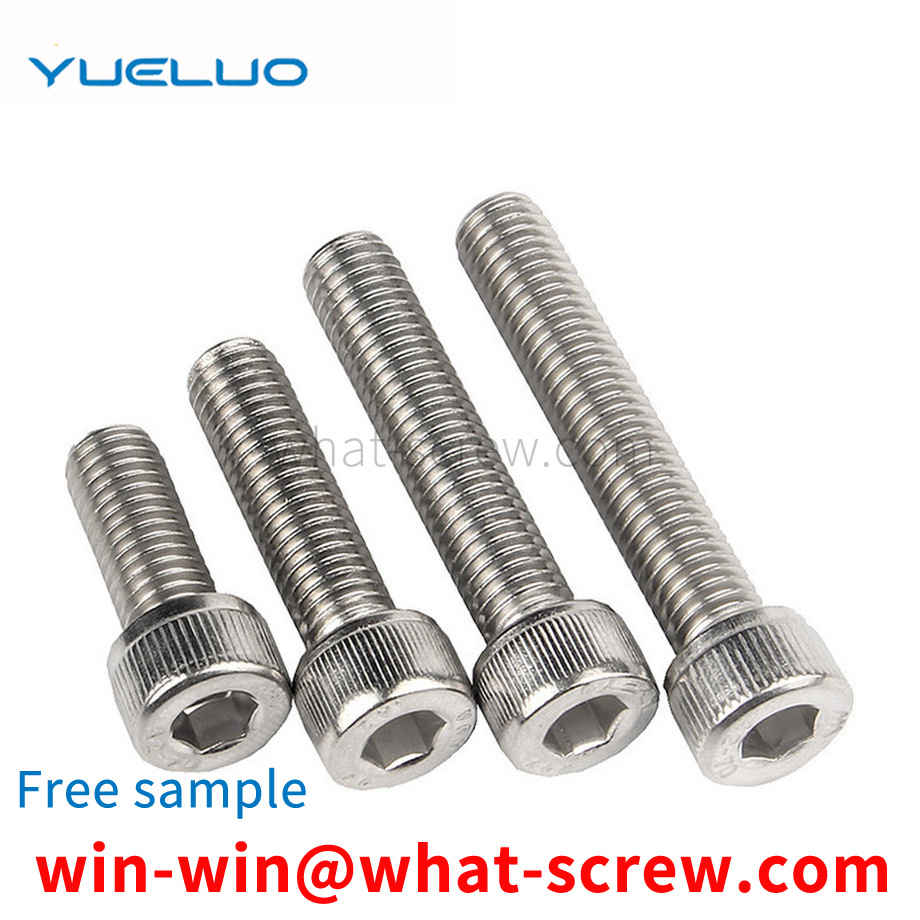
The existing open-type blind rivets are widely used, usually composed of an iron rivet shell and an iron or stainless steel mandrel. During the riveting process, the open-type rivets are often unstable and biased due to the unsteady breaking force of the mandrel. When the foam is riveted, the nail head is directly pulled into the foam layer to damage the product structure. And there may be safety hazards such as scratching the operator during the installation process due to the exposed nail core. At the same time, due to the expansion of the rivet shell hole, the nail head will be loose inside.
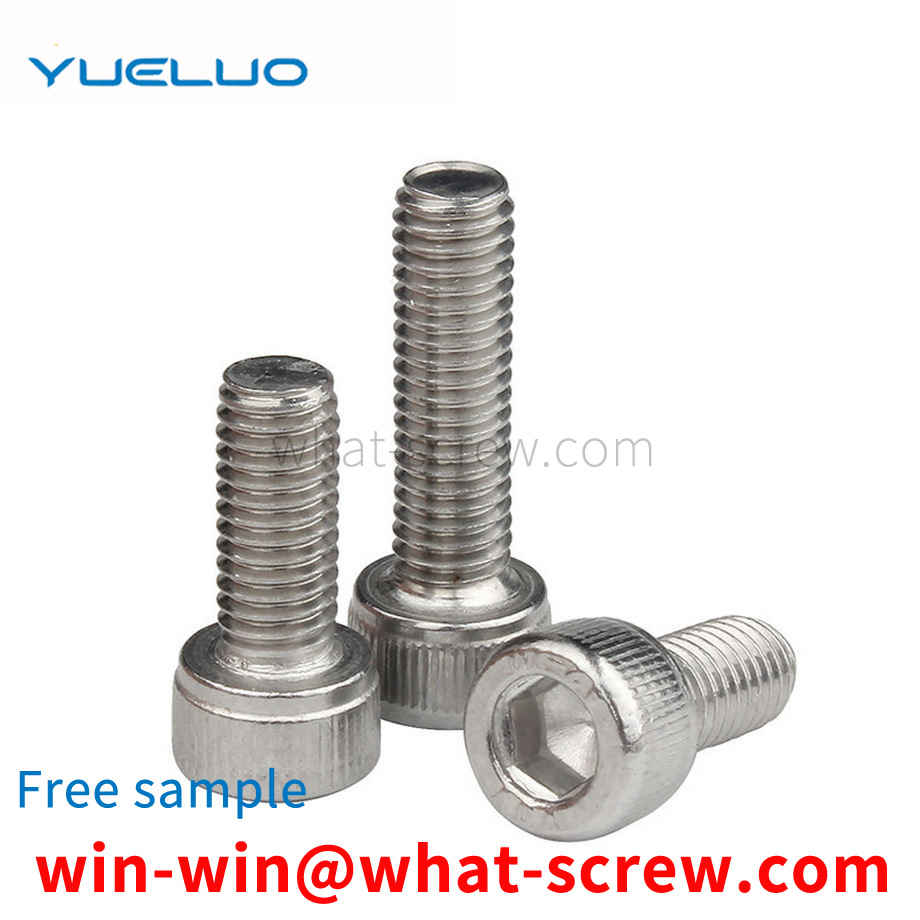
Stud bolts are manufactured in accordance with GB897-GB901 standards, the materials used are: Q235, 45#, 40Cr, 35CrMoA, Q345D, the specifications are: M3mm-M100mm, and the length can be customized according to user needs. High strength stud bolts, materials are 35#, 45#, 35CrMoA, 25Cr2MoV, 304, 316, 304L, 316L, 2H, 2HM, B7, B7M, B16, B8, 8, B8M, 8M, widely used in electric power, chemical industry , oil refining, valves, railways, bridges, steel structures, automobile and motorcycle accessories and other fields: generally used in mining machinery, bridges, automobiles, motorcycles, boiler steel structures, pendant towers, long-span steel structures and large buildings, etc. . Representation method of stud bolts: General stud bolts are expressed as: M12×100 GB 901-88 (standard) 35#/35# (material) 8.8 grade/8 grade (modulation grade) means: diameter = 12mm length = 100mm GB 901-88 adopts the national standard (of course, the industry standard can also be used as needed) stud bolt standard: GB 900-1988 Introduction to stud bolts Stud bolts save time and cost All stud bolt structures do not require drilling, Steps such as punching, threading, riveting, threading and finishing continue to expand the application potential of structural design, high current and small penetration. Therefore, welding to very thin sheets is possible. The workpiece for stud welding must be welded from one side. Can be soldered in all positions, with the help of extenders on vertical bulkheads that can be restricted. Since it is welded for a short time and there is little deformation after welding, no trimming is required. Because the welded structure does not require drilling, there is no leakage. The joint can achieve high strength, that is, the joint strength of stud welding is greater than the strength of the stud itself. How to install studs Good economy The advantage of other welding methods is the welding power. For mass-produced workpieces, standard studs are low cost. There are various types of equipment and welding torches, and the acquisition cost of equipment is relatively low. According to the product, it can be made into a multi-station automatic welding machine, or a high-precision gantry-type CNC automatic welding machine. Stud welding has high quality reproducibility and low rejection rate. However, in the application of stud welding, it should be noted that, like other fusion welding, there are certain restrictions on the carbon content in the steel. For structural steel studs, welding should be performed according to the recommended combination of stud material and base metal. There will be infusibility with the base metal. Combinations of stud material and base metal outside the recommended range shall be tested to determine the weldability and the product design requirements of the anchor bolt for the possibility of relevant inspection and evaluation.
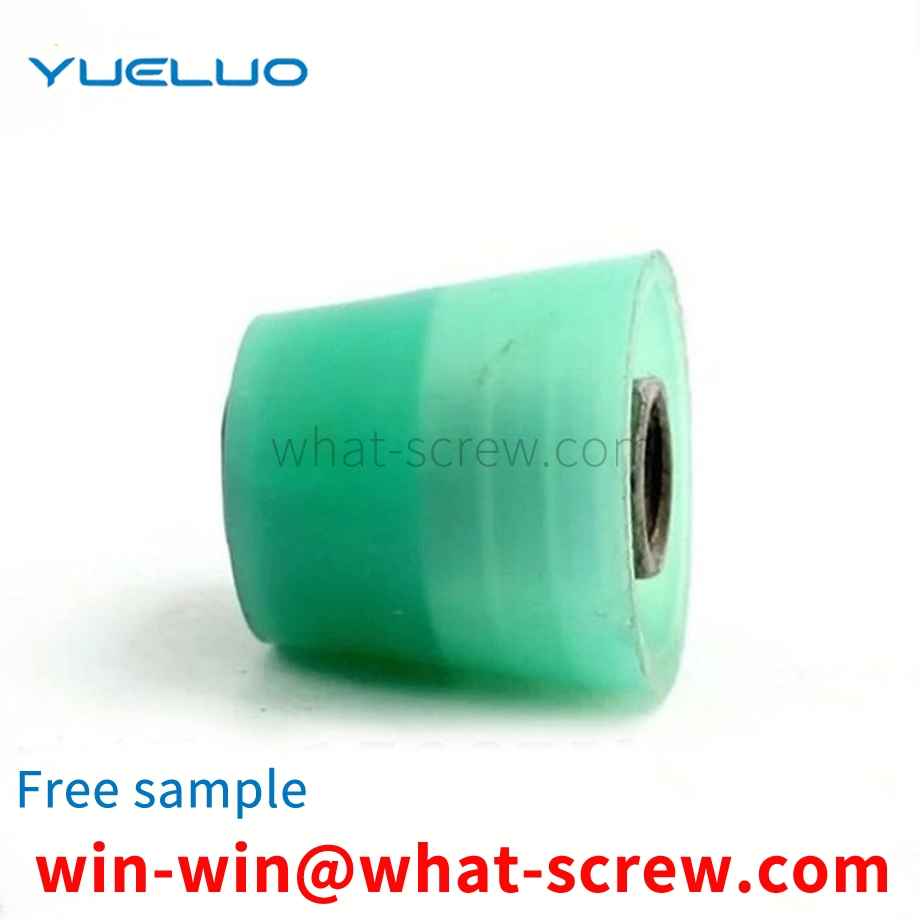
The above content is uploaded by Yueluo or the Internet. If there is any copyright issue, please contact [email protected].

What is the tolerance range of precision screws?

How to choose the right stainless steel screw manufacturer?

Why is there an R angle under the head of the hexagon head s...

We have more than ten years of production experience in the ...

We have more than ten years of production experience in the ...

We have more than ten years of experience in screw industry ...

We have more than ten years of experience in screw industry ...